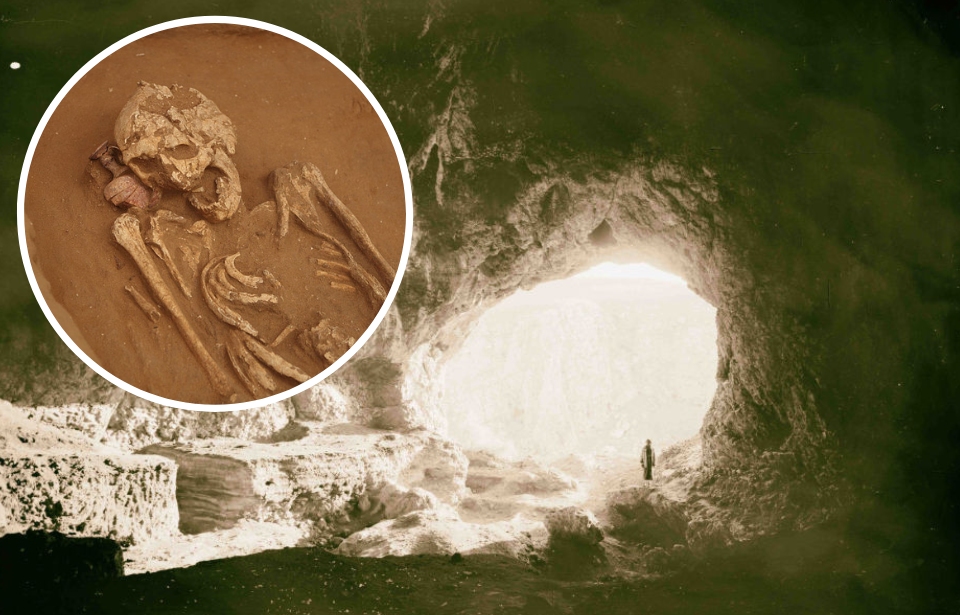The discovery that archeologists stumbled upon in a cave in the 1960s seems like it could have come straight out of an Indiana Jones movie. Tucked away in an ancient Israeli cave, they were shocked to find the skeletons of 40 people that dated back to the first century CE.
The skeletons are all that remains of Jewish refugees from the Bar Kokhba Revolt, a rebellion led by Jews living in the Roman province of Judea. The leader of the uprising, Bar Kokhba, was killed not far from the Cave of Horror in the Judean Desert, where Jewish people were hiding from the Romans.
What is the Cave of Horror?
The Cave of Horror is part of a series of eight caves in Israel’s Nahal Hever canyon not far from the Dead Sea. The caves were used as hiding places for Jewish people throughout their persecution under Roman rule.
Bar Kokhba, a prominent Jewish leader at the time, led the rebellion that was triggered by the misrule of the Roman governor of Judea, Tinnius Rufus, and the Roman Emperor Hadrian’s intention to create a Roman colony on the holy site of Jerusalem. Hadrian’s tyrannical rule over the Jewish people brought strict regulations over religious observances including male circumcision.
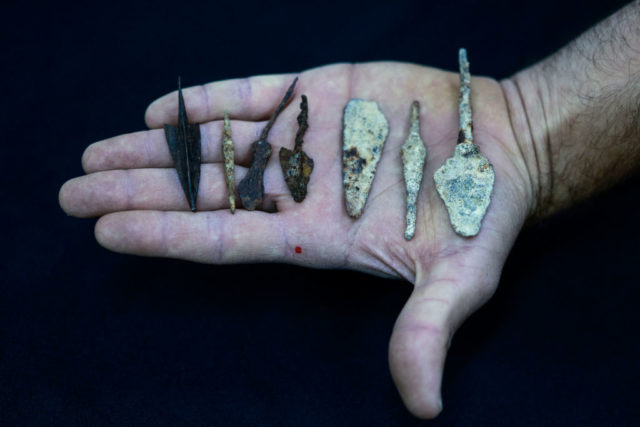
From 132 to 135 CE, Kokhba waged war against the Romans. Soon the war was so serious that Hadrian himself left the safety of Rome to visit the battlefield. Hadrian summoned the governor of what is now Britain, who brought 35,000 of his own men to the battle in Israel. Jerusalem eventually fell to the Romans and Kokhba was slain in his stronghold at Bethar. Judea, the land of the Jewish people, would fall to the Romans and be renamed Palaestinia while the holy city of Jerusalem was renamed Aelia Capitolina.
Surviving Jews were killed or sold into slavery, and any who remained in hiding attempted to escape to other areas. Some even stayed behind despite the threat of persecution. Judea would stay under Roman rule until 313 CE.
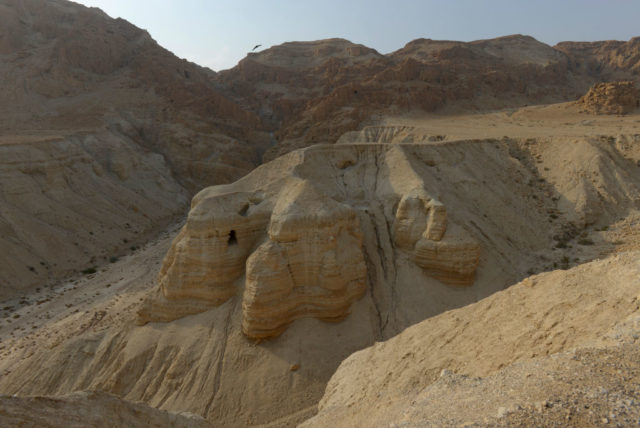
The Bar Kokhba conflict left 580,000 Jewish people dead, not including those who died from hunger and disease while in hiding. The 40 people who found refuge in the Cave of Horror brought with them valuable items including pieces of what is now known as the ancient Dead Sea Scrolls, an early version of several biblical texts.
Strangely, the skeletons of the refugees don’t have any signs of physical harm which means they likely died huddled together due to starvation or dehydration.
A gruesome discovery
The Cave of Horrors was first discovered in 1953, six years after the Dead Sea Scrolls were found in a similar cave. The first people to venture into the cave stumbled upon a shocking scene: the skeletons of 40 Jewish refugees dating back to the Bar Kokhba Revolt. The gruesome discovery is what gave the cave its eerie name.
Following the initial archeological study of the cave, fear that any remaining contents would be looted by thieves led the Israel Antiquities Authority to reopen the excavation in 2017.
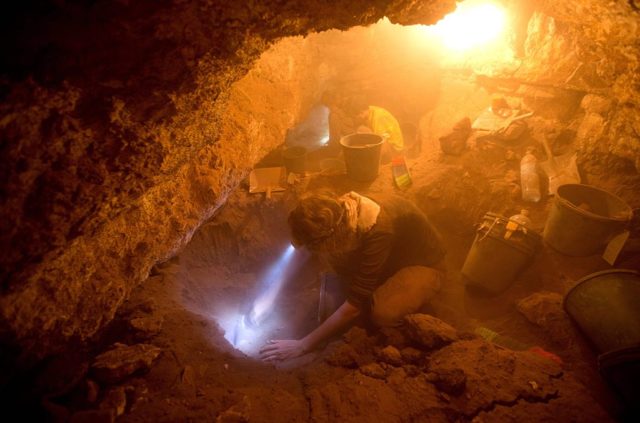
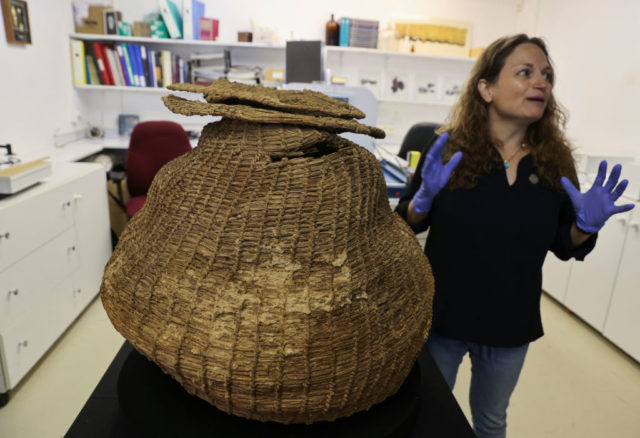
Digging deeper into the cave complex, which is comprised of eight caves resting at the bottom of a steep drop, archeologists discovered incredible artifacts. In 2021, the oldest known woven basket was found inside the cave – dating back to 10,000 years ago. It was clear that thieves had been inside the cave, but the basket was miraculously found untouched just ten centimeters away from the looter’s tracks.
More from us: Tourists Could Soon Be Swimming in This 2,000-Year-Old Roman Bath in Turkey
Alongside the basket, archeologists also discovered more ancient Dead Sea Scrolls, coins from the Bar Kokhba Revolt period, and the 6,000-year-old skeleton of a child. Who knows what other secrets the Cave of Horror holds?
